 Essay Writing Web
Essay Writing Web

 19-09-2024
19-09-2024
 www.essaywritingweb.com
www.essaywritingweb.com
The leopard (Panthera pardus) is one of the most iconic and widely recognized wild cats, known for its exceptional agility, strength, and distinctive spotted coat. Belonging to the genus Panthera, the leopard shares its family lineage with other big cats such as lions, tigers, and jaguars. However, the leopard’s ability to adapt to various habitats sets it apart as one of the most resilient of its kind. Found across Africa, parts of Asia, and even extending into the Middle East, leopards thrive in a wide range of environments, from dense forests and savannas to arid deserts and high mountains.
Leopards are renowned for their unmatched stealth and cunning, making them exceptional hunters. Their ability to move silently and blend into their surroundings allows them to ambush prey with remarkable precision. They are also incredibly strong, capable of dragging prey several times their own weight into trees to avoid scavengers. Unlike lions, leopards are solitary creatures, relying on their independence and territorial instincts to survive. This solitary behavior is essential for reducing competition over food resources and maintaining their individual territories.
Despite their adaptability, leopards face increasing threats due to human activities. Habitat loss, poaching for their beautiful pelts, and conflicts with humans in agricultural areas have contributed to a decline in leopard populations in certain regions. However, they remain one of the most widespread big cats, thanks to their resilience and ability to live in proximity to human settlements without being easily detected.
In the wild, leopards play a crucial role in maintaining the ecological balance by controlling herbivore populations. Their presence symbolizes the delicate interplay between predator and prey in nature, emphasizing the importance of their conservation. The leopard's beauty, strength, and survival skills make it a fascinating and essential member of the natural world.
Leopards are known for their striking appearance, characterized by a sleek and muscular body that showcases both grace and power. One of their most distinctive features is their golden-yellow coat, marked by black rosettes that provide excellent camouflage in their natural habitats. These rosettes, unlike the spots of a cheetah or the stripes of a tiger, help leopards blend into the dappled light and shadows of forests, enabling them to stalk prey without being easily seen.
Leopards are medium-sized big cats, typically weighing between 30 to 90 kilograms (66 to 198 pounds), with males being significantly larger than females. Their body length ranges from 1 to 1.9 meters (3.3 to 6.2 feet), with a tail that can be as long as 1 meter (3.3 feet), which aids in maintaining balance when climbing trees or navigating rugged terrain. Their strong, stocky build allows them to excel as both sprinters and climbers, a skill few other big cats possess to the same degree.
The leopard's head is relatively small, with rounded ears and powerful jaws. Their eyes are particularly adapted for night vision, allowing them to hunt efficiently in low-light conditions. Their retractable claws give them a firm grip when climbing and are vital tools in capturing prey. Additionally, leopards have an incredibly strong bite force for their size, allowing them to take down animals much larger than themselves. This combination of physical traits makes the leopard a highly effective predator in diverse environments.

Leopards (Panthera pardus) are one of the most adaptable and widespread big cats, found across various regions of Africa and Asia. Though they all share common traits, there are several recognized subspecies of leopards, each with unique adaptations to their environments. These subspecies are distinguished primarily by their habitat, appearance, and geographical distribution.
The African leopard is the most widespread and well-known subspecies, inhabiting a variety of ecosystems across sub-Saharan Africa, including savannas, forests, and deserts. They are highly adaptable, making them one of the most successful leopard subspecies.
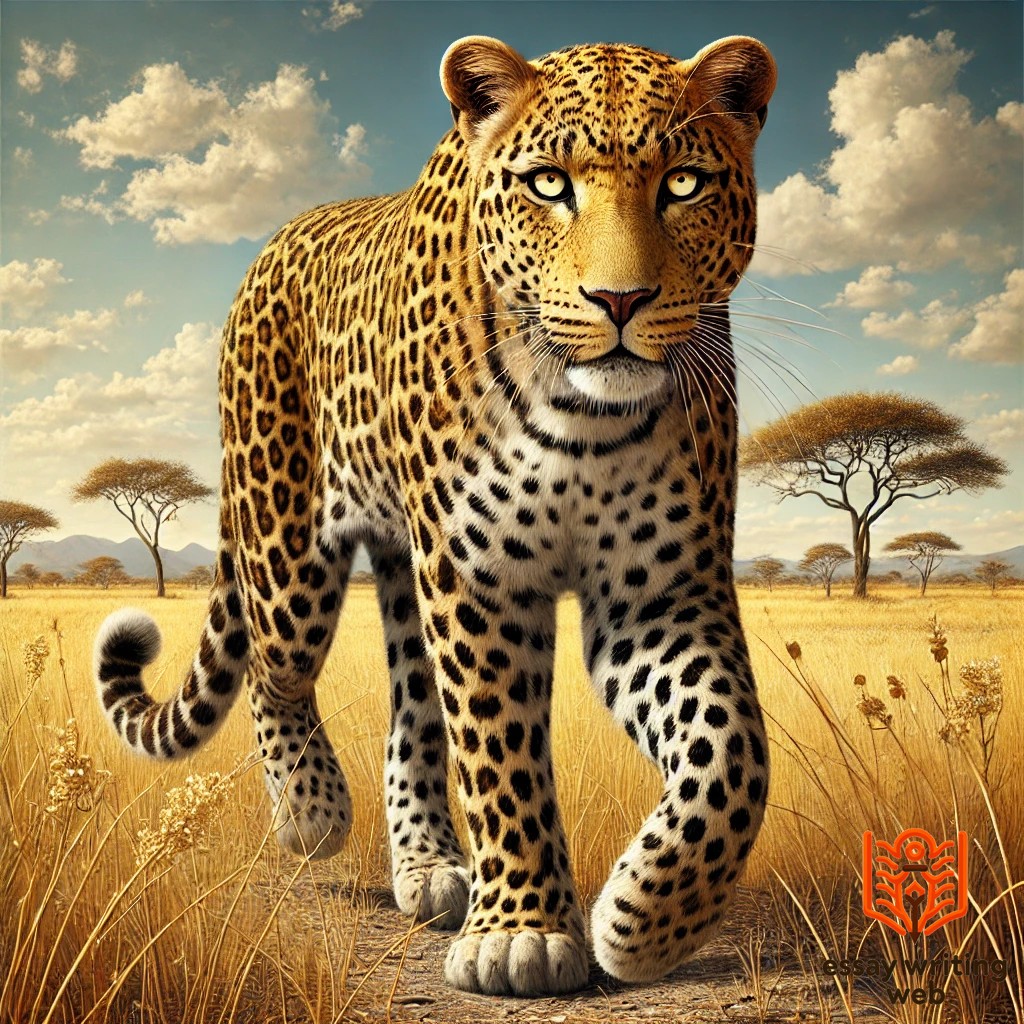
The Amur leopard is critically endangered and native to the temperate forests of the Russian Far East and northeastern China. Known for its thicker fur, which helps it survive in the colder climates, this subspecies is incredibly rare, with fewer than 100 individuals left in the wild.
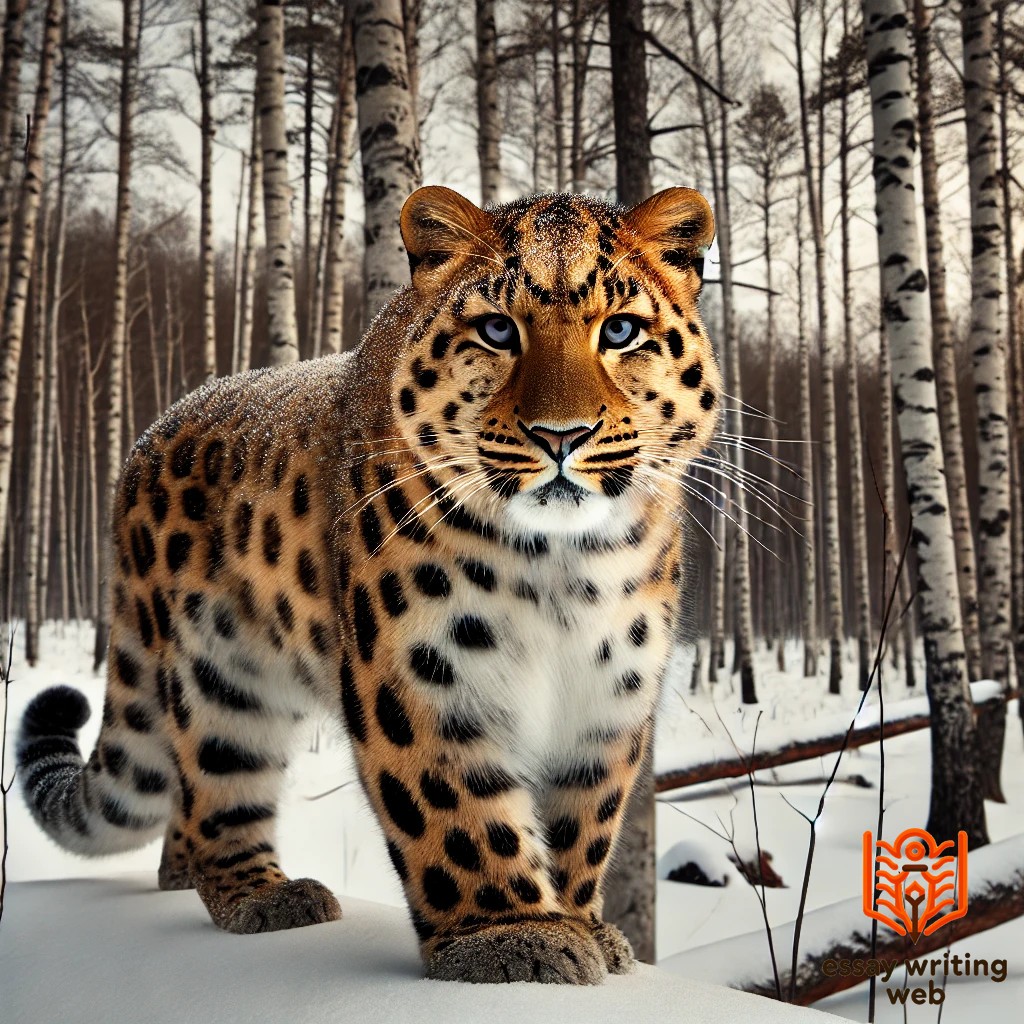
Found across the Indian subcontinent, the Indian leopard is well adapted to a variety of landscapes, including forests, grasslands, and urban fringes. They are known for their resilience in human-dominated landscapes, often seen near villages and agricultural lands.
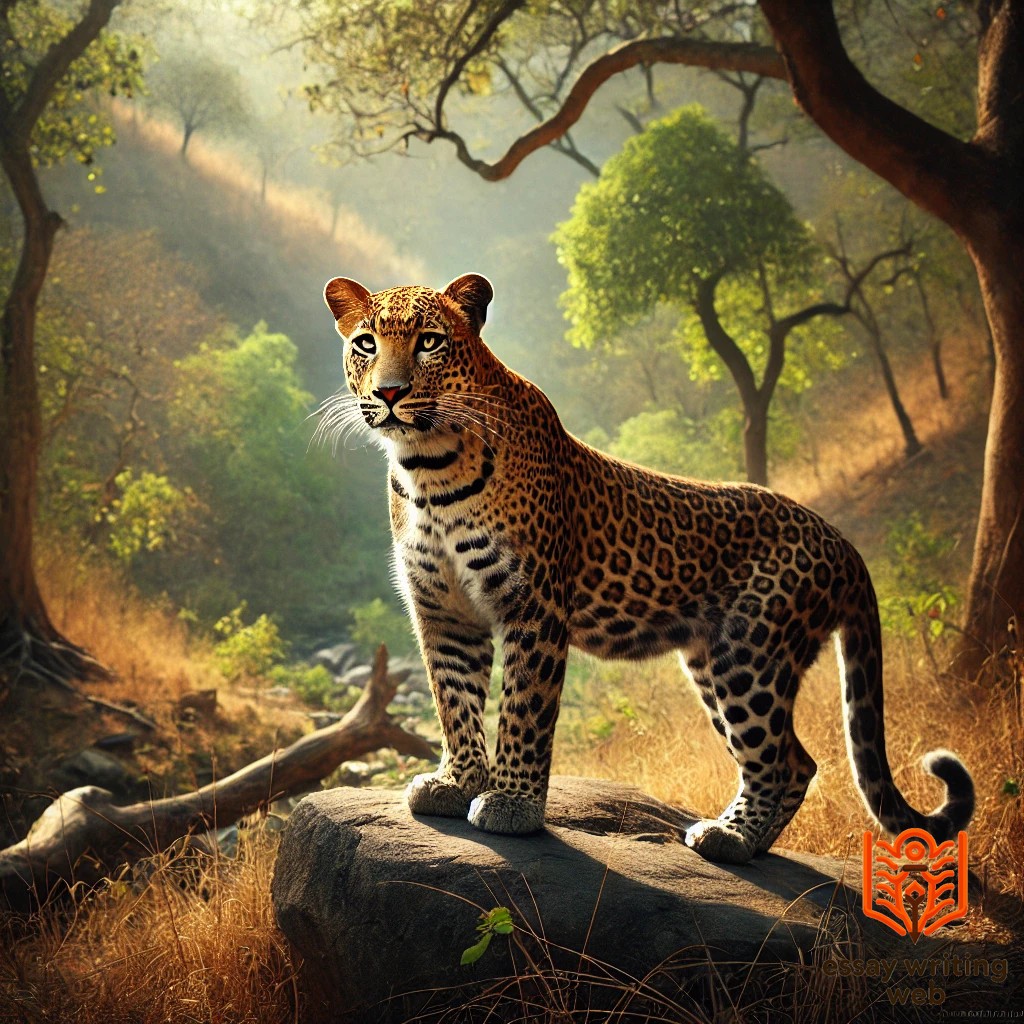
The Arabian leopard is the smallest leopard subspecies, native to the Arabian Peninsula. Due to habitat loss and hunting, it is considered critically endangered. They are known for their lighter coats and ability to survive in arid, mountainous regions.

Endemic to the island of Java in Indonesia, the Javan leopard is another critically endangered subspecies. They inhabit dense tropical rainforests and have developed a more elusive nature due to human encroachment.
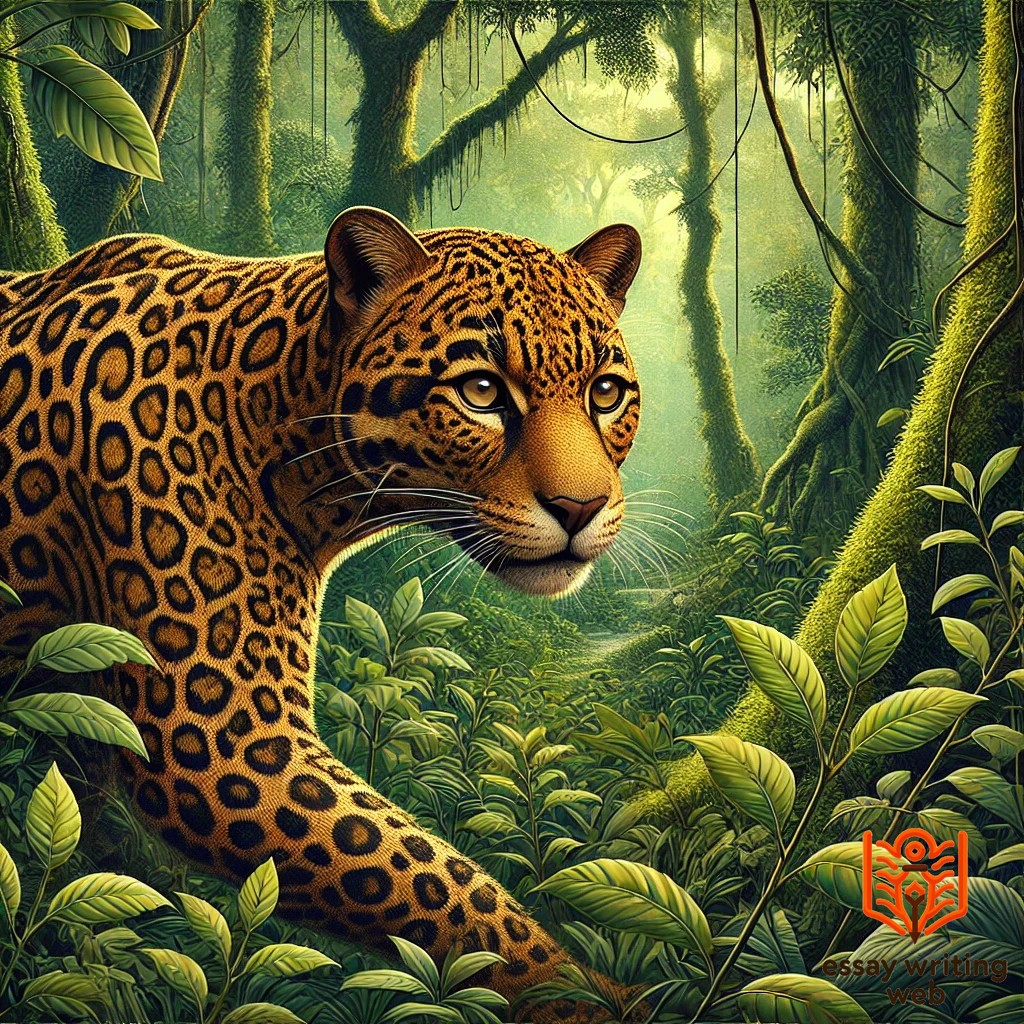
Native to the island of Sri Lanka, this subspecies is larger than its Indian counterpart. Sri Lankan leopards are top predators on the island and are found in rainforests, scrublands, and dry forests.
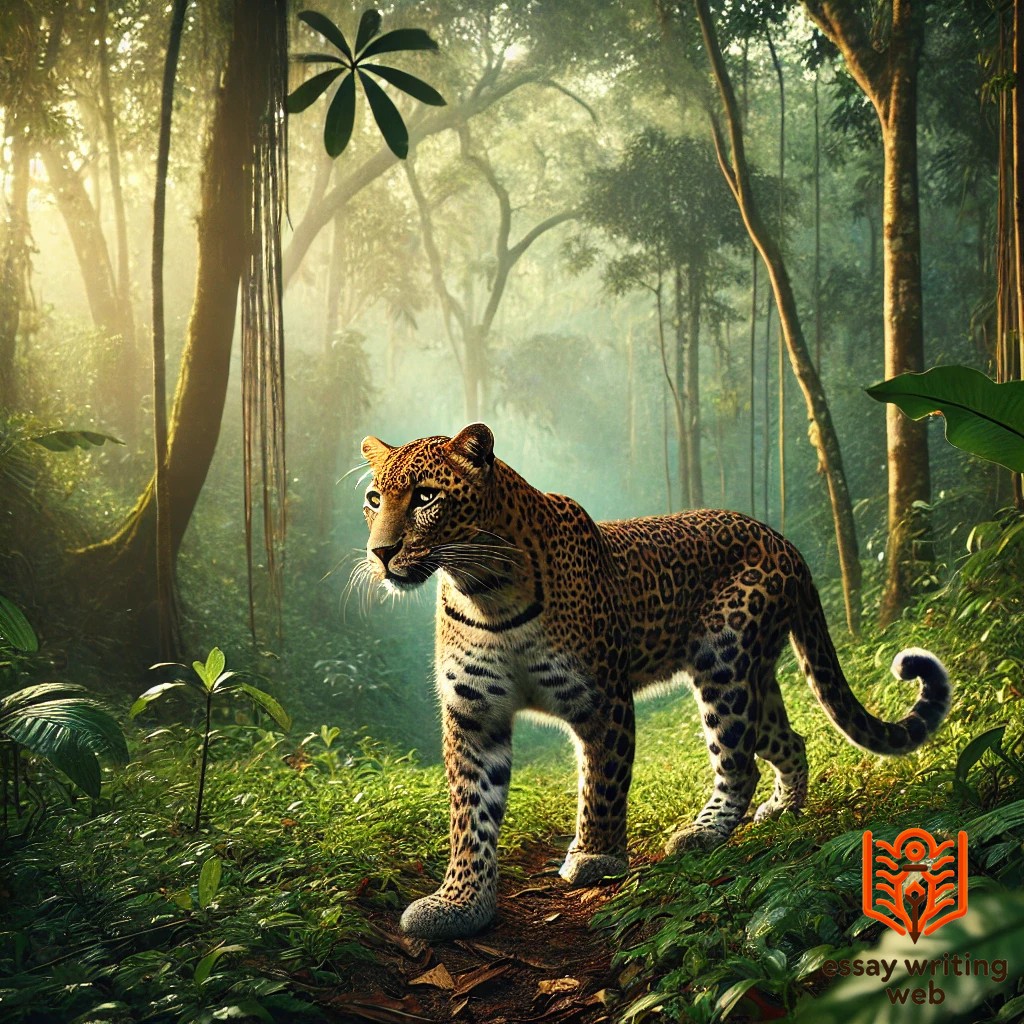
Each of these leopard subspecies plays a vital role in their respective ecosystems, and efforts to conserve them are critical to maintaining biodiversity in their habitats.
Leopards (Panthera pardus) are among the most widely distributed and adaptable big cats, inhabiting a diverse range of ecosystems across Africa and parts of Asia. Their remarkable adaptability allows them to thrive in environments ranging from dense tropical rainforests to dry deserts, grasslands, and mountainous regions.
In Africa, leopards are found throughout sub-Saharan regions, living in savannas, woodlands, and forests. They are especially prominent in places like the Serengeti and Kruger National Park, where they play a crucial role as apex predators. In Asia, their range spans countries like India, China, Sri Lanka, and parts of Southeast Asia. Leopards can even survive in the arid landscapes of the Arabian Peninsula and the cold, rugged mountains of the Russian Far East, where the endangered Amur leopard resides.
Leopards are solitary animals and often prefer secluded habitats with sufficient cover, such as dense bushes, forests, or rocky outcrops. Their adaptability allows them to live close to human settlements, although this sometimes leads to conflict. Despite their wide range, habitat loss, human encroachment, and poaching have caused significant declines in leopard populations, especially in parts of Asia, leading to several subspecies becoming critically endangered.
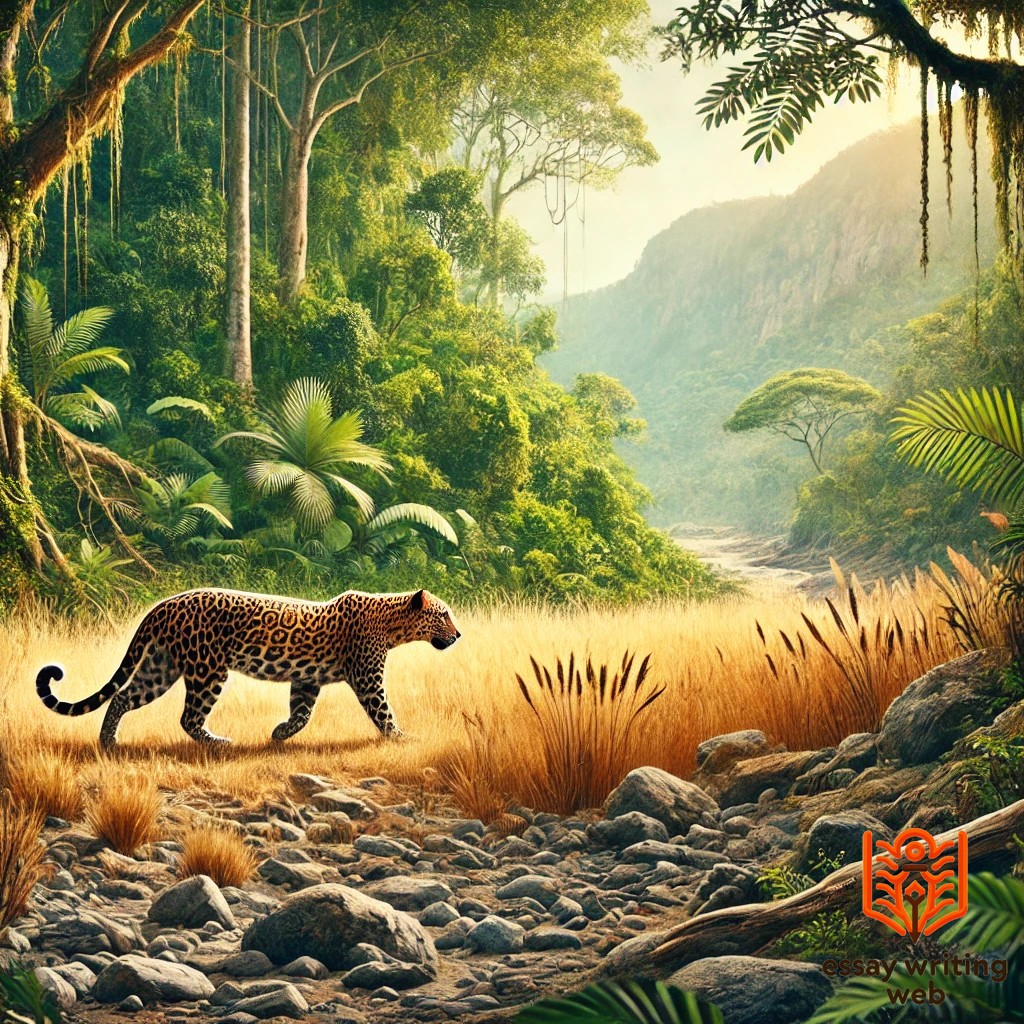
Leopards are skilled and versatile hunters, renowned for their stealth and adaptability in securing a wide variety of prey. As carnivores, their diet primarily consists of medium-sized mammals, but they are opportunistic feeders capable of hunting a wide range of animals, depending on what is available in their habitat.
Common prey for leopards includes antelopes, deer, warthogs, and primates. In areas where smaller animals are more abundant, they also hunt birds, reptiles, and even insects. Unlike lions or cheetahs, leopards often rely on ambush tactics rather than speed, using the element of surprise to get as close to their prey as possible before launching a swift attack. Their incredible strength allows them to take down prey that can be up to three times their own weight.
One of the most unique aspects of leopard hunting behavior is their ability to carry their kills up into trees. This prevents scavengers like hyenas or lions from stealing their food and allows the leopard to eat in peace. Leopards are nocturnal hunters, using the cover of darkness and their excellent night vision to stalk and capture prey. Their patience, strength, and adaptability make them some of the most efficient predators in the animal kingdom.

Leopards are solitary animals, known for their independent and elusive nature. Unlike lions, which live in social prides, leopards prefer to lead a solitary existence, only coming together for mating or when a mother is raising her cubs. This solitary behavior reduces competition for food and territory, as each leopard claims its own hunting grounds, often marked with scent markings and scratch marks on trees.
Leopards are primarily nocturnal, hunting at night to take advantage of their exceptional night vision. During the day, they rest in trees or dense vegetation, using their excellent camouflage to remain hidden from both prey and potential threats. Leopards are incredibly territorial, and their territories can range from 5 to 40 square kilometers, depending on the availability of prey and habitat.
Though they prefer solitude, leopards communicate with each other through vocalizations such as growls, roars, and meows, as well as through scent marking. Mothers are highly protective of their cubs, teaching them hunting skills before they become independent. Cubs typically stay with their mother for about 18-24 months before venturing out on their own.
The leopard’s solitary and stealthy behavior, combined with its adaptability, allows it to thrive in diverse environments, maintaining its status as a top predator.

Leopards (Panthera pardus) are one of the most widely distributed big cats in the world, with several recognized subspecies spread across Africa and Asia. These subspecies are adapted to diverse environments, showcasing unique traits that help them survive in their specific regions.
Conservation efforts are crucial for protecting these subspecies, many of which face threats from habitat loss and poaching.
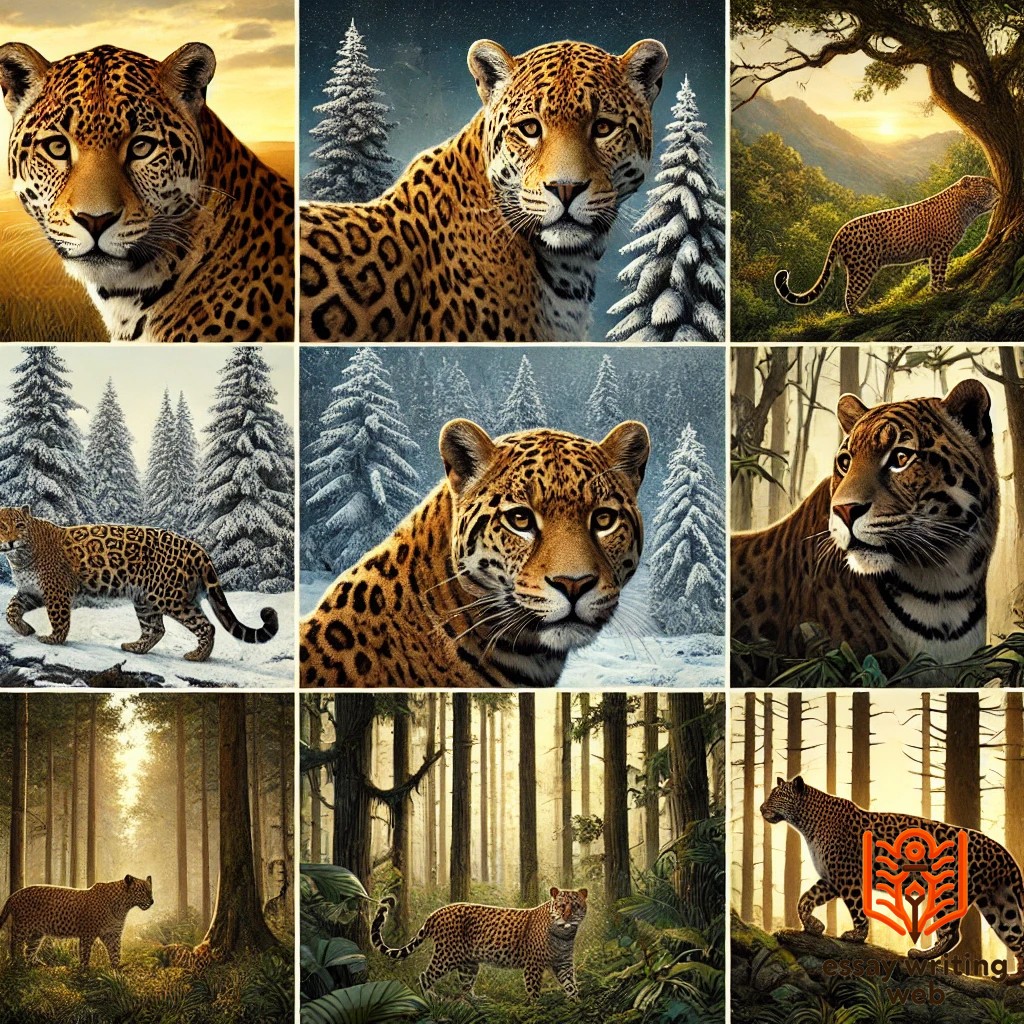
Leopards (Panthera pardus) play a vital role in maintaining the balance of ecosystems where they reside. As apex predators, they are at the top of the food chain and significantly influence the structure and functioning of their environments. By controlling herbivore populations, leopards prevent overgrazing, which in turn helps preserve vegetation and promotes biodiversity within their habitats.
Leopards' hunting patterns are diverse and opportunistic. They target weak, sick, or young prey, indirectly contributing to the overall health of herbivore populations by eliminating those that may not survive otherwise. This behavior prevents overpopulation and keeps prey species in check, which maintains a healthy balance between predator and prey dynamics.
Leopards also impact the behavior of other predators and scavengers. By hoisting their kills into trees, they reduce food competition with animals like hyenas and lions. However, leftover kills that fall to the ground often provide a food source for scavengers, which helps sustain other species within the ecosystem.
In environments where leopards have become endangered or extinct, there is often an imbalance in herbivore populations, leading to habitat degradation. As a keystone species, the presence of leopards helps stabilize ecosystems, making their conservation critical for maintaining biodiversity and ecological health across their range.
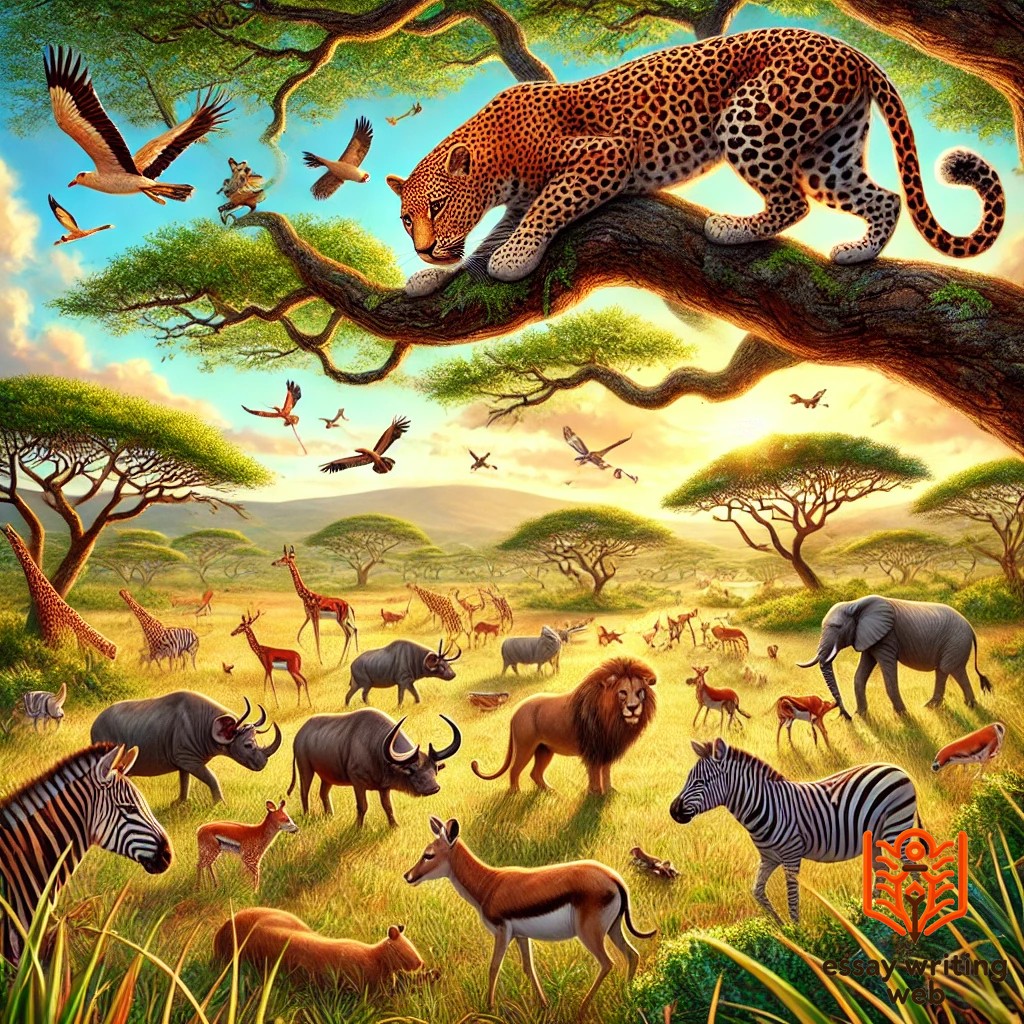
Leopards face numerous threats, many of which are caused by human activities. One of the most significant challenges is habitat loss, as forests and grasslands are cleared for agriculture, urban development, and infrastructure projects. This fragmentation forces leopards into smaller, isolated areas, reducing their range and making it harder for them to find food and mates.
Another major threat is poaching and illegal wildlife trade. Leopards are often hunted for their beautiful coats, which are sold in illegal markets, and for their bones, used in traditional medicine. Poaching, combined with retaliatory killings by farmers and livestock owners, further diminishes their populations.
Human-wildlife conflict is another issue. As human populations expand into leopard territories, the animals sometimes prey on livestock, leading to conflicts with local communities. In retaliation, leopards are killed or trapped, further reducing their numbers.
The decline in prey species due to overhunting and habitat destruction also threatens leopards. With fewer natural prey available, they are forced to venture closer to human settlements in search of food, increasing the risk of conflict.
Conservation efforts, including habitat preservation, anti-poaching measures, and community engagement, are essential for protecting leopards from extinction and ensuring their survival in the wild.

Leopards, facing threats from habitat loss, poaching, and human-wildlife conflict, are protected by various organizations and legal frameworks aimed at ensuring their survival. Key international organizations like the International Union for Conservation of Nature (IUCN) and the World Wildlife Fund (WWF) play critical roles in leopard conservation. The IUCN has listed several leopard subspecies, such as the Amur leopard, as critically endangered, highlighting the urgency of conservation efforts. These organizations work on habitat protection, research, and community-based conservation initiatives to reduce human-leopard conflict.
In terms of legal protections, CITES (Convention on International Trade in Endangered Species) is a significant global treaty that regulates the trade of leopard skins and body parts. Leopards are listed under Appendix I of CITES, which means they are afforded the highest level of protection from international trade. National laws in many countries where leopards live also provide protection. For example, in India, leopards are protected under the Wildlife Protection Act of 1972, which prohibits their hunting and trading.
Conservation initiatives like anti-poaching patrols, habitat restoration, and community engagement programs are crucial in protecting leopards. Together, these organizations and laws aim to preserve leopard populations and ensure their continued survival in the wild.
